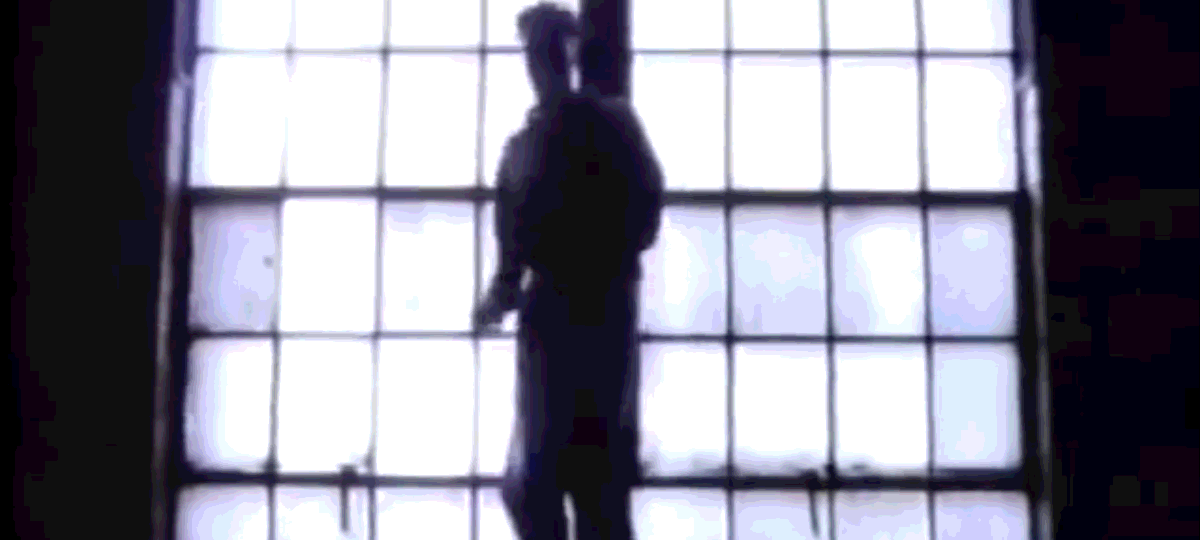




About twenty five years ago, two German dance music producers and a U.S.-born rapper plucked from a nearby military base battled it out against Queen Latifah’s friend from Jersey and a tiny hip-hop label to prove who had “The Power” on global dancefloors. Despite the fact that they had used a rapper’s vocals on their track without permission, the odds were in the Germans’ favor once they had the backing of Bertelsmann Music Group, a record industry Goliath pitted against the humble independent Wild Pitch Records.
In many ways, this epic musical “Power” struggle established a precedent, defining the rules around sampling other artists’ work. But it was also a conflict pitting the U.S. vs Europe, accomplished rhymes vs elementary raps and the spoils of success vs the soul of a song. When, exactly, does a remix become a rip-off?
In 1990, after my tenth grade school dance, a group of us had managed to gain entry into a local nightclub with the help of female classmates who were already experts at getting into bars sans ID. When we hit the dancefloor, a thrilling prospect in itself, the air vibrated with the sharp guitar stabs, driving percussion and an exhilarating vocal hook that months later we’d come to identify as Snap’s “The Power.”








When the rap kicked in — “it’s gettin, it’s gettin’, it’s gettin’ kinda hectic”► — I immediately recognized the booming vocal tones of rising New Jersey MC Chill Rob G. Along with the entire club, I proceeded to lose my shyt. I wasn’t sure why this underground Flavor Unit rapper was helming an amazing dance track, but I was too busy enjoying it to think in much detail.


Chill Rob G’s ‘The Power” and SNAP!’s “The Power”


As one of the most iconic dancefloor anthems ever, “The Power” has since been heard in a dozens of movies, TV shows and commercials — it’s sampled by more than 40 prominent hip-hop and dance artists. But did you know that its complex and often baffling origin story can be traced to James Brown, Chaka Khan, The Gap Band and The Police?
It turns out there are at least five different versions of “The Power” in existence. The original was essentially a megamix (a pre-digital term for a mash-up) put together by German producer’s Michael Münzing and Luca Anzilotti in 1989 and released on their Logic Records label in January the following year as Snap! They credited themselves under the pseudonyms Benito Benites and John Virgo Garrett III, respectively, possibly because they thought nobody would believe that Germany could produce good dance music (Kraftwerk, anyone?).
The track itself combined three key elements from other sources: the drums from a Mantronix b-side titled “King of the Beats”►; the hook from the a capella version of Jocelyn Brown’s 1985 single “Love’s Gonna Get You”►; and the entire a capella rap of Chill Rob G’s “Let The Words Flow”► (with the first verse repeated again at the end).


Men behind the music: Snap! producers Michael Münzing and Luca Anzilotti
Snap! then added some some guitar stabs, ambient keyboard, a Russian advertisement for a computer system designed for the visually-impaired, and the live horn riff played by Jack Bashkow (also from Chill Rob’s original song) to create a catchy track that blew-up dancefloors across the country and soon spread worldwide. “The Power” would eventually become one of the defining pop singles of 1990, albeit in slightly different incarnations.
Before we attempt to untangle the convoluted tale of the how “The Power” evolved to that point, it’s worth examining the origins of the rhymes. New Jersey’s Chill Rob G — who released “Let The Words Flow”►as the b-side to his second Wild Pitch single, “Court Is Now In Session”► — worked exclusively with The 45 King at the time (the man who gave us “The 900 Number,”► Eminem’s “Stan”► and Queen Latifah). When he arrived for the studio session, Ron discovered that The 45 King had prepared a track built around The Police’s “Voices In My Head,”► which was quite an unorthodox choice for a hip-hop loop back then.


